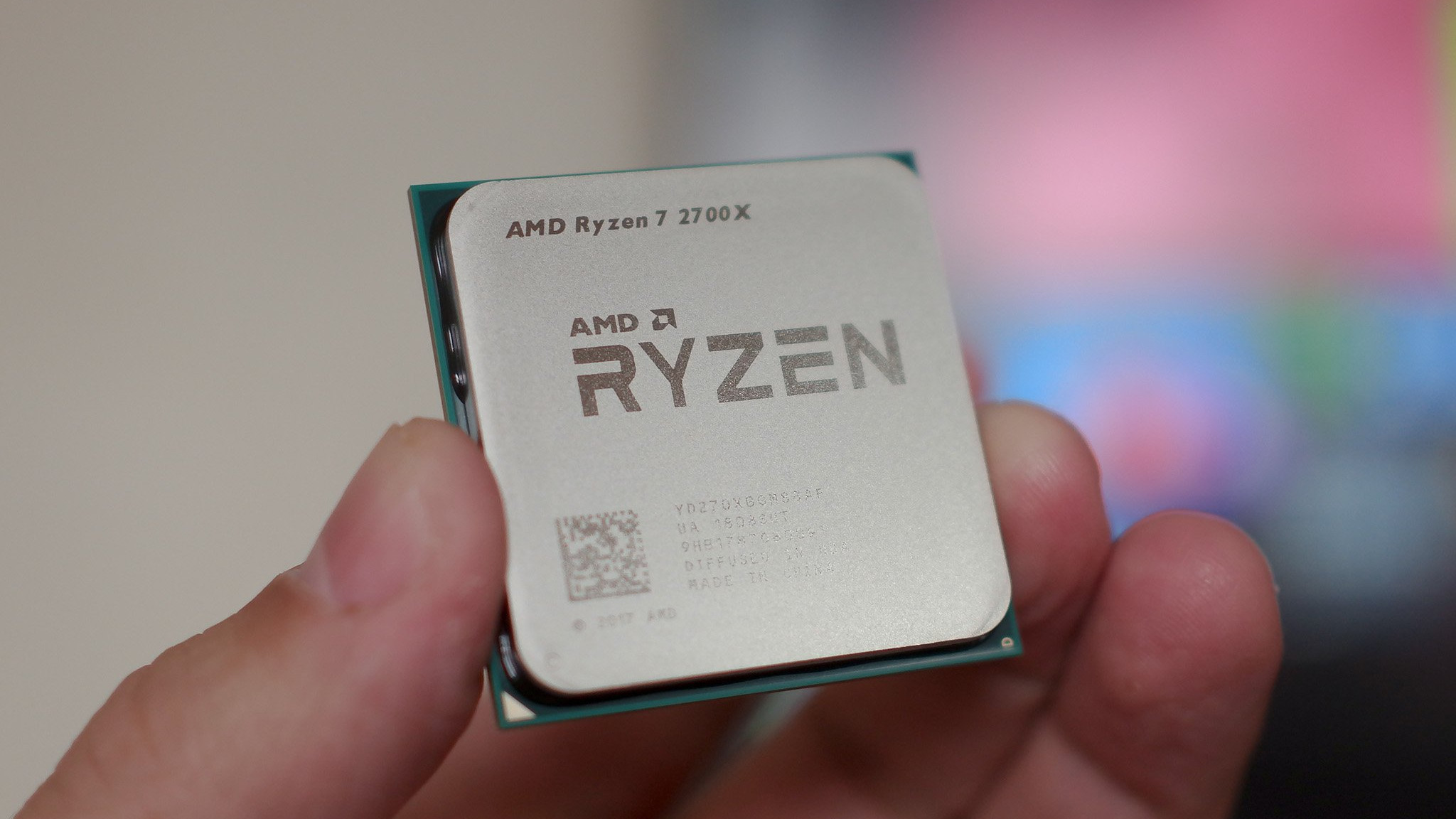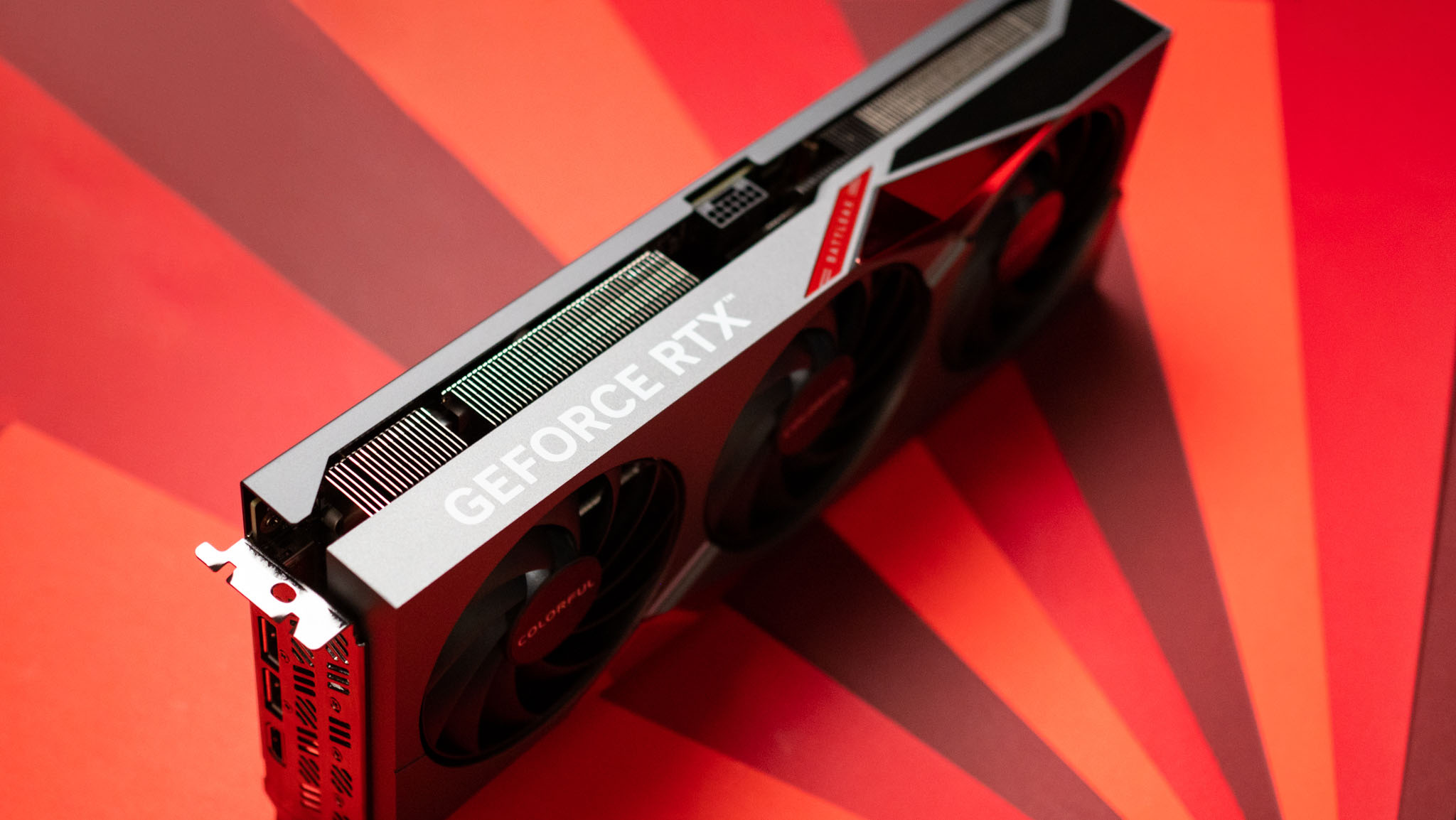AMD is taking the fight to NVIDIA's DLSS 3 with new frame interpolation tech
AMD FSR 3 brings new technology to reduce latency and increase framerates in your favorite games.

What you need to know
- AMD has revealed some details of its upcoming FidelityFX Super Resolution 3.0 platform, which includes various features to help PC gamers.
- The tech will include AMD's version of frame interpolation, a direct competitor to NVIDIA's impressive DLSS 3 solution.
- AMD is seeking to massively improve framerates and reduce latency by combining frame interpolation with resolution upscaling.
- AMD FSR 3 is coming later this year, and may work with more hardware than NVIDIA's exclusive tech.
AMD and NVIDIA compete with each other for dominance over the PC gaming GPU market, and the battle is heating up as each company positions itself for the next generation of video games. NVIDIA has released some very impressive tech alongside its latest RTX 40-Series GPUs, and AMD is now following suit. New details of the company's upcoming FidelityFX Super Resolution 3.0 platform have been revealed during GDC.
AMD took to the conference floor (via PCGamer) to share an impressive overlook of its frame interpolation tech included in FSR 3, coming later this year. Similar to NVIDIA DLSS 3 and its frame generation, AMD FSR 3 will be able to combine AMD's existing resolution upscaling tech with frame interpolation, which can insert artificial frames in between fully rendered frames while playing the best PC games.
Utilizing the power of the best gaming GPUs, frame interpolation can massively increase framerate without equally huge hits to performance or increased hardware strain. However, this process does increase latency, the gap between your actions in real life and the reactions on-screen. AMD is combatting this latency with its resolution upscaling, which renders the game at a lower resolution (granting major increases to performance and reductions to latency) without losing much visual fidelity.
As such, you may not be able to independently use AMD's frame interpolation without the resolution upscaling, as you can with NVIDIA DLSS 3. Still, AMD is making it easier for games that currently support FSR 2 to transition to the new platform, and it could be more open than the only frame interpolation competitor currently on the market.
NVIDIA DLSS 3 is the standard for both of these techs, but it's also exclusive to NVIDIA's latest RTX 40-Series GPUs. AMD's FSR 3 may be similar to the previous FSR 2 platform in that it could work even with non-AMD GPUs from NVIDIA and Intel, making it a viable alternative for any gamer not utilizing the latest (expensive) NVIDIA hardware. We'll have to wait until later this year to learn more about AMD FSR 3, though, as AMD is quoting a vague release date sometime in 2023.
Get the Windows Central Newsletter
All the latest news, reviews, and guides for Windows and Xbox diehards.

Zachary Boddy (They / Them) is a Staff Writer for Windows Central, primarily focused on covering the latest news in tech and gaming, the best Xbox and PC games, and the most interesting Windows and Xbox hardware. They have been gaming and writing for most of their life starting with the original Xbox, and started out as a freelancer for Windows Central and its sister sites in 2019. Now a full-fledged Staff Writer, Zachary has expanded from only writing about all things Minecraft to covering practically everything on which Windows Central is an expert, especially when it comes to Microsoft. You can find Zachary on Twitter @BoddyZachary.
